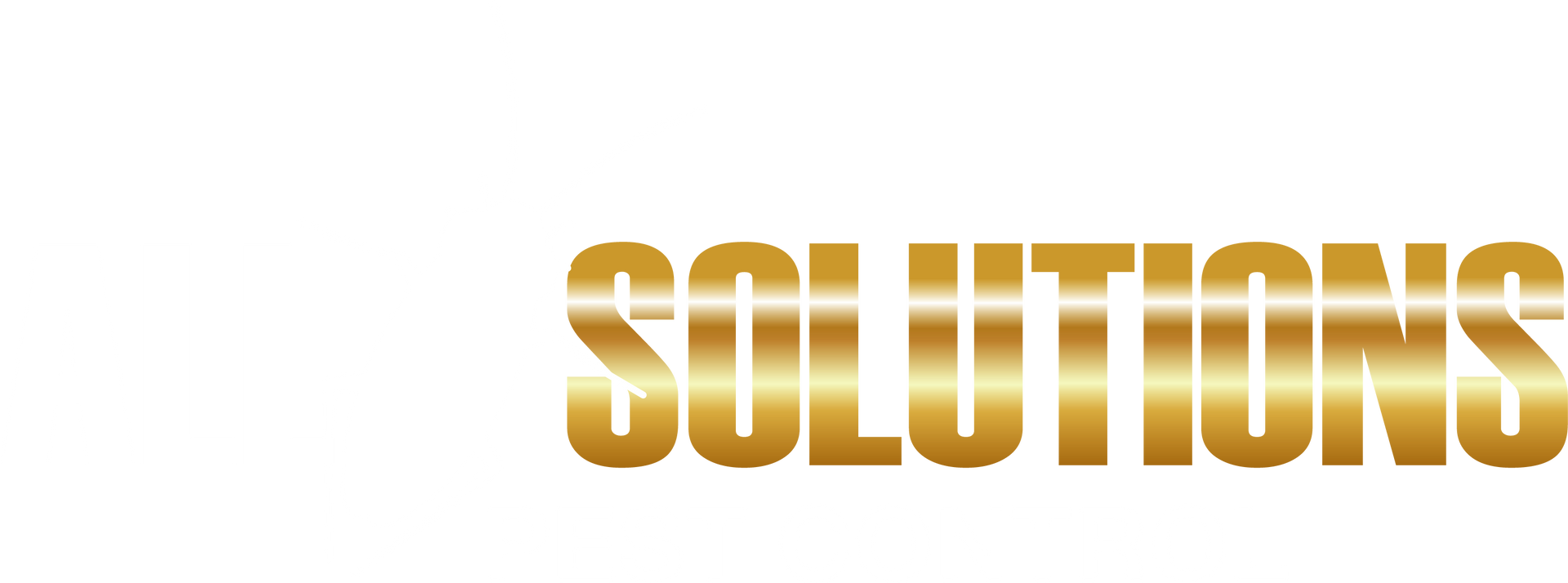CALL FOR A NO OBLIGATION FREE QUOTE:
0414 644 466
Termites of Australia: Your complete guide to identifying signs of Subterranean Termites
Every year, Australian homeowners spend millions of dollars either fixing or repairing damage caused by Subterranean Termites or employing pest management companies to implement the necessary management systems to combat one of the most destructive pests known to timber in service. Subterranean Termites can cause devastating damage before you even realise they're there. In this comprehensive guide, we'll help you understand what to look for and what to do when you locate Subterranean Termites.
What are the signs of Subterranean Termites?
Termites are masters of stealth, but they do leave telltale signs of their presence:
- Mud leads - Pencil-width tunnels/shelter tubes running up walls or foundations
- Hollow-sounding timber when tapped
- Damaged wood that looks like honeycomb
- Mud packing in or on timber or drywalls
- Discarded wings near windows or doors, especially after rain
How common are Subterranean Termites in Australia?
Australia is home to many species of Subterranean Termites. In fact, subterranean termites are present in every state and territory, with particularly high concentrations in tropical and subtropical regions or the eastern seaboard of Australia.
- 1 in 3 Australian homes will experience termite problems
- Termites cause more damage than fire, floods, and storms combined
- 180+ species of termites exist in Australia, with about 20 being significant pests
What time of year are Subterranean Termites most active?
While Subterranean Termites work all year-round, their activity levels peak during specific conditions:
- Spring and summer months (September to March)
- After rainfall periods
- During humid conditions ideal for colonising flight or splitting off
- When temperatures range between 28-32°C
- Early morning and late afternoon during hot days
Colonising Flight usually occurs in spring and summer, particularly after rain, when winged termites emerge to establish new colonies.
What do Subterranean Termites look like in Australia?
Australian termites vary in appearance depending on caste; their role in the colony:
Workers:
- 3-4mm long
- Soft-bodied
- Cream or white in colour
- No wings
- Most numerous in the colony
Soldiers:
- 4-7mm long
- Large brown or golden heads with large mandibles
- Cream-coloured bodies
- Defend the colony
Winged Reproductives (Alates):
- 8-10mm long
- Dark brown to black
- Two pairs of wings of equal length
- Emerge during colonising flight or split off
Queen (Longest surviving termite in the colony)
- In size the queen is by far the largest termite
- Termite queens can live 25 to 50 years
- Peak reproduction for 10 to 20 years producing up to 2000 eggs a day
- The queen’s function is the survival of the colony, she decides each caste member based on the needs of the colony
How do you identify Termites in your home?
Early detection is crucial for preventing extensive damage. Here's how to conduct a basic inspection:
Indoor Checks:
- Look for blistering or bubbling in paint
- Check for mud leads along walls and foundations
- Inspect dark, damp areas near water sources
- Look for damaged timber or warped flooring
Outdoor Checks:
- Examine timber structures in direct contact with the ground or soil
- Look for mud leads on exterior walls
- Check tree stumps and fallen branches near your home
- Inspect timber fencing and garden edges
- Watch for colonising flight event during spring and summer
Prevention is always better than cure. Regular annual inspections by a licensed pest technician, maintaining good drainage around your home, and removing potential food sources (timber in contact with soil) are your best defences against termite attack.
Remember, when in doubt contact All Solutions Pest Control. We can carry out a Visual Termite Inspection and provide recommendations regarding any Termite Management required for your property.

